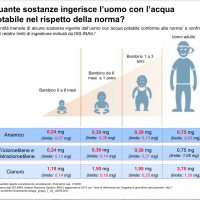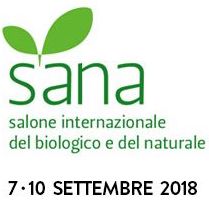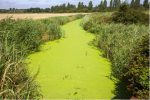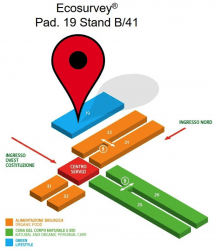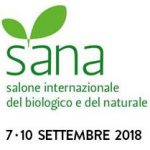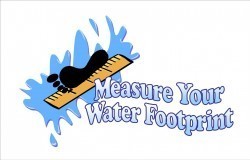Legally drinking water poisons? For Arsenic, Cyanides, Tetrachlorethylene, harmful to humans, because they are legally provided such high limits?
What are the limits for drinking water provided for by Decree 31/2001 for these parameters?
The limits defined in the Decree 31/2001 [Implementation of the quality directive 98/83 / CE] are:limiti definiti nel Decreto 31/2001 [Attuazione della direttiva 98/83/CE relativa alla qualità] sono:
- Arsenic limit 10 µg/l
- Cyanide limit 50 µg/l
- Trichlorethylene / Tetrachlorethylene limit 10 µg/l
For the three parameters indicated above, water intended for human consumption is defined as “potable” if the concentration does not exceed the limits set out above: the water is contaminated / poisoned if the concentrations exceed the limits and the distribution companies are criminally punishable.
How many are the ingestion limits for Arsenic, Cyanides, Tetrachlorethylene?
The ISS-INAIL ingestion limits [Note prot. 6919 of 04.04.2018-Update “ISS-INAIL database” for the processing of health and environmental risk analysis (Legislative Decree 152/2006)] are defined by the Reference dose [RfD]:
- Arsenic [RfD ing]: 0,0003 mg/kg/day
- cyanides [RfD ing]: 0,0006 mg/kg/day
- Trichlorethylene[RfD ing]: 0,0005 mg/kg/day
- Tetrachlorethylene[RfD ing]: 0,0006 mg/kg/day
How much drinking water do we drink?
The consumption of drinking water for food is indicated by the Ministry of Health as follows:
- between zero and 6 months of age: 0,1 L / kg per day
- between 6 months and one year of age: 0,8-1 L / day
- between 1 and 3 years of life: 1,1-1,3 L / day
- between 4 and 8 years of age: 1,6 L / day
- between 9 and 13 years: 2.1 L / day (M) and 1.9 L / day (F): average 2 L / day
> 13 years: 2.5 L / day (M) and 2 L / day (F): average of 2,25 L / day
Legally drinking water poisons?
The risk of poisoning for Arsenic, Cyanides and Tetrachlorethylene is calculated by multiplying the concentrations of water legally potable with the average water consumption indicated by the Ministry of Health considering the average weight by age group and comparing the results with the indications of the database. ISS-INAIL of the Istituto Superiore della Sanità and of the National Institute of Insurance against Accidents at Work.
[ninja_tables id=”8895″] [ninja_tables id=”8897″] [ninja_tables id=”8899″]Whereas:
- With the DM 31/2001 the Italian State (and other European countries) allows the supply of legally drinkable water with such high limits for the 3 substances examined above.
- ISS and INAIL technicians indicate risks to human health for the 3 substances examined above.
- It is anomalous that legislation and State Institutes impose conflicting reference limits.
WILL THE REVISION OF THE LIMITS AUTHORIZED BY THE DECREE 31/2001 AND / OR THE ISS-INAIL HEALTH LIMITS BE POSSIBLE?


